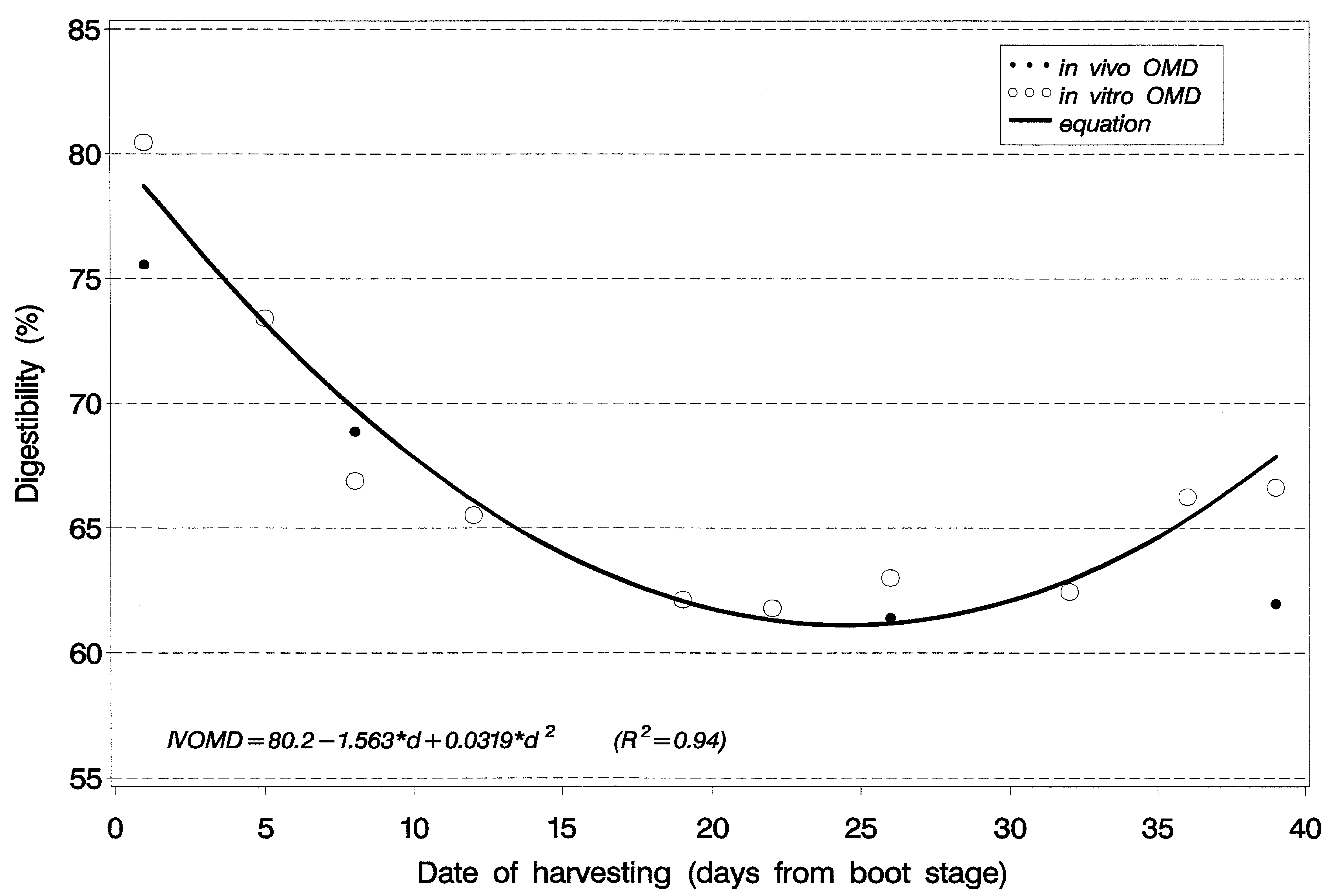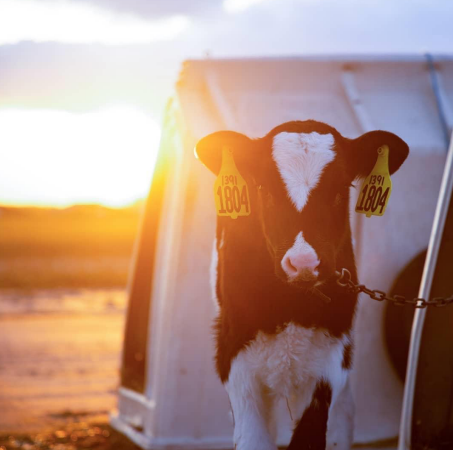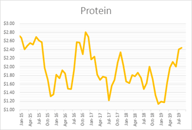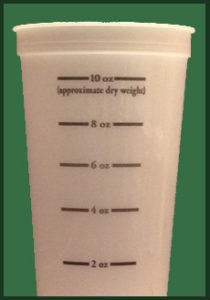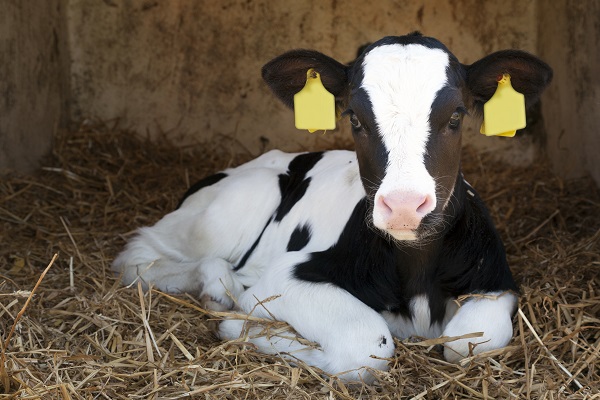DELAYING SMALL GRAIN HARVEST
Posted by Michael T. Harper, Ph. D. | Dairy Technical Specialist on May 1, 2020 8:00:00 AM
A strategy for increased forage yield during milk production constraints
Farmers across the country are having to reduce milk production due to reduced demand during this unprecedented time of the COVID-19 pandemic. While reducing ration energy density for some cows and drying others off early is a good strategy, a resulting challenge could be not having enough forage to fill the ration of more dry cows while concurrently increasing the fiber content of the post-peak lactating group. This article discusses delaying small grain harvest; a strategy for increased forage yield during milk production constraints.
Read MoreTopics: ANIMAL NUTRITION
FEEDING SALABLE MILK TO YOUNGSTOCK: TIPS, TRICKS, AND FORMULATION ADVICE
Posted by Matthew Sellers, Ph.D. and Elizabeth Marvel, PAS on Apr 22, 2020 2:35:27 PM
The US dairy industry, along with our nation and world, are experiencing unprecedented and extreme challenges related to the current COVID-19 pandemic. While milk volumes are increasing across the nation due to ‘spring flush’, demand for dairy products has dropped significantly. In response, many cooperatives and dairy manufacturers have resorted to dumping milk, decreasing milk purchases, or implementing tiered pricing structures.
Read MoreTopics: ANIMAL NUTRITION
DEHORNING: HOW TO MAKE A NECESSARY JOB EASIER WITH LIDOCAINE BLOCKING
Posted by Elizabeth Marvel on Mar 10, 2020 2:11:15 PM
Until polled genetics become more available in the dairy industry, dehorning is a necessary task on the farm. Dehorning is a painful process; therefore, it is necessary to provide pain management to the calf. Dehorning should be performed prior to eight weeks of age The younger the calf the faster they seem to recover from the procedure. You can offer pain management by Lidocaine blocking and offering a drug like Meloxicam. Lidocaine and Meloxicam are both very economical choices, just make sure you receive a prescription from your veterinarian.
Read MoreTopics: ANIMAL NUTRITION
CALF COLD STRESS MONITOR: A NEW WAY TO ESTIMATE THE INCREASED ENERGY NEEDS FOR CALVES UNDERGOING COLD STRESS
Posted by Milk Specialties Technical Experts on Nov 8, 2019 9:46:27 AM
Colder weather has descended on many parts of the U.S. dairy country, and that means we need to pay increased attention to the impact of cold stress on young dairy calves raised outside. Calves less than 3 weeks of age are most susceptible to cold stress because they are born with very little body fat reserves to draw upon and do not consume very much calf starter at this young age. These young calves must rely on the energy being provided by the liquid diet they are consuming to meet their energy requirements for maintenance (basic body functions such as digestion, immune function, and nutrient metabolism) and for growth.
Read MoreTopics: ANIMAL NUTRITION
PROTEIN DRIVING RECORD MILK PRICES
Posted by Milk Specialties Technical Experts on Sep 20, 2019 10:26:38 AM
Milk and Milk Protein prices are going up, with prices projected to hit a four-year high. Now, more than ever, is the time to feed Energy Booster™ products to capitalize on the increasing price of milk volume and components.
Read MoreTopics: ANIMAL NUTRITION
Five Nutritional Strategies to Minimize the Effect of Summer Heat Stress on Lactating Cows
Posted by Charles Soderholm, DVM, PhD Dairy Science on Jul 2, 2019 2:11:05 PM
Summer heat stress affects cows throughout the U.S., resulting in reduced feed intake, lower milk production, poor reproductive performance and excessive weight loss. The reduction in milk yield associated with heat stress occurs primarily because of declining feed intake. The metabolic effects of heat stress can be minimized with practical knowledge, supplemental fats and other nutritional strategies.
Topics: ANIMAL NUTRITION
What could be easier than mixing a bit of powder in water, right? If it were only that simple…
When it comes to mixing milk replacer and feeding it to calves, there are a surprising number of issues that can creep up, either from a mixing, feeding or an animal performance standpoint. How we measure milk replacer powder, how we mix it with water and the temperature at mixing and feeding time affect both the milk replacer and the calf.
Read MoreTopics: ANIMAL NUTRITION
The Science of Mixing Milk Replacer - Mixology 101
Posted by Elizabeth Marvel on Jul 2, 2019 2:06:26 PM
What could be easier than mixing a bit of powder in water, right? If it were only that simple…
When it comes to mixing milk replacer and feeding it to calves there are a surprising number of issues that can creep up, either from a mixing, feeding or an animal performance standpoint. How we measure milk replacer powder, how we mix it with water and the temperature at mixing and feeding time affect both the milk replacer and the calf.
Read MoreTopics: ANIMAL NUTRITION
The appropriate bedding for a calf varies from a thin layer of straw, sand or wood chips in the summer to a deep layer of an insulating straw where a calf can nestle into the bedding to stay warm as the temperature drops.
Read MoreTopics: ANIMAL NUTRITION
Calf Management Tips: Administering Intravenous Injections
Posted by Elizabeth Marvel on Aug 13, 2017 10:54:00 AM
Medications such as Banamine® (for pain) must be injected directly into a vein. In this movie, Elizabeth demonstrates how to administer an intravenous injection to a young calf.
Read MoreTopics: ANIMAL NUTRITION

